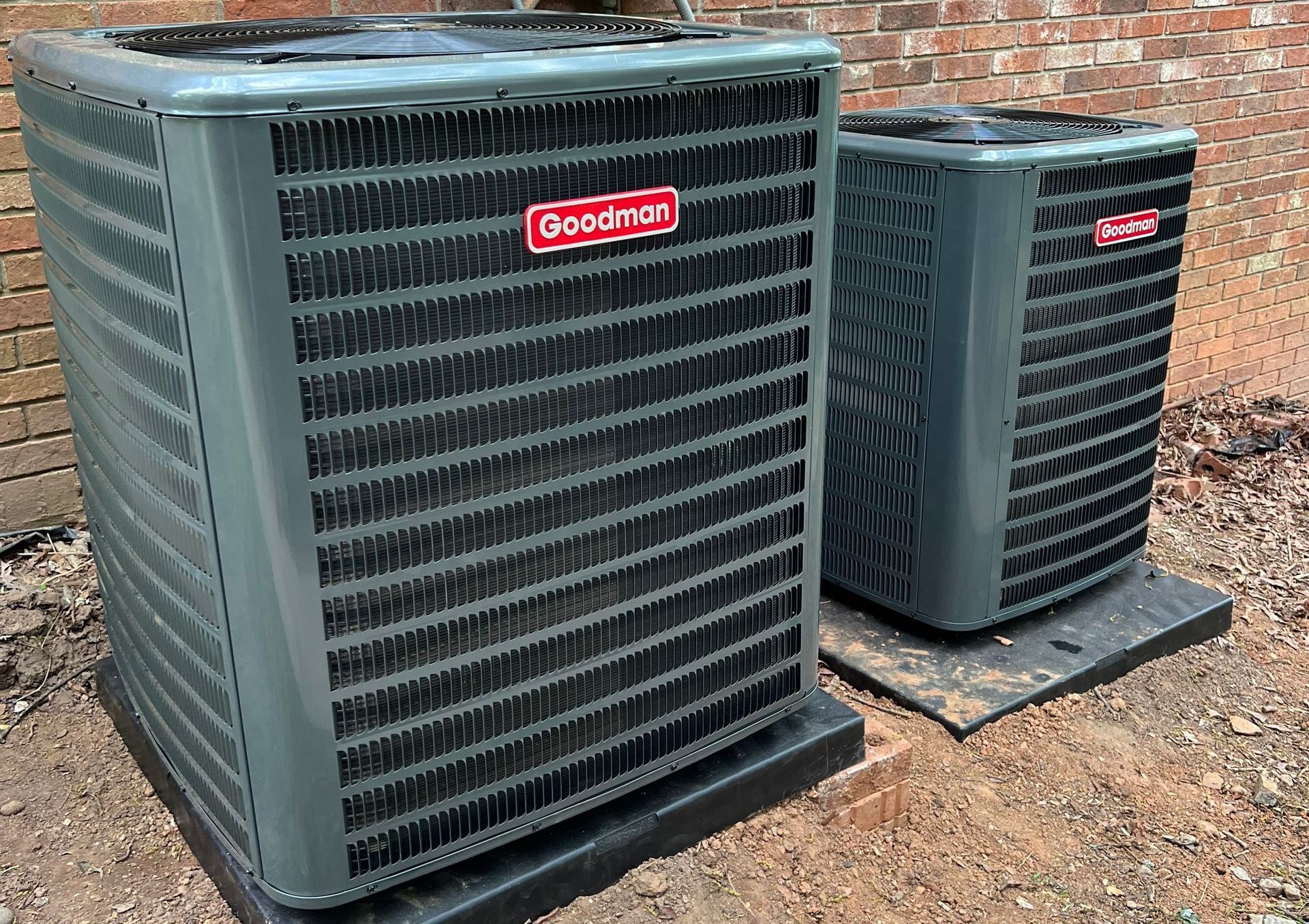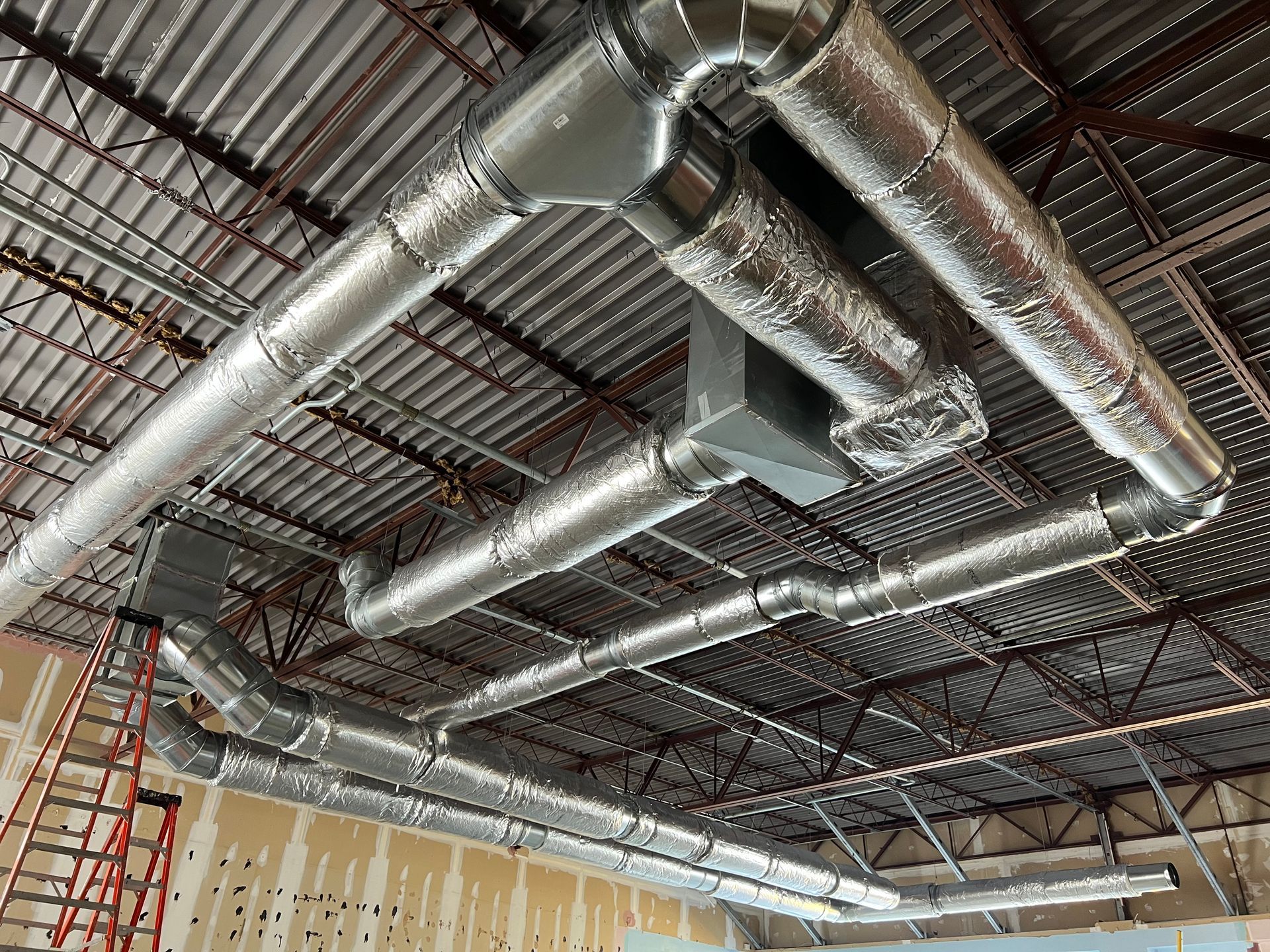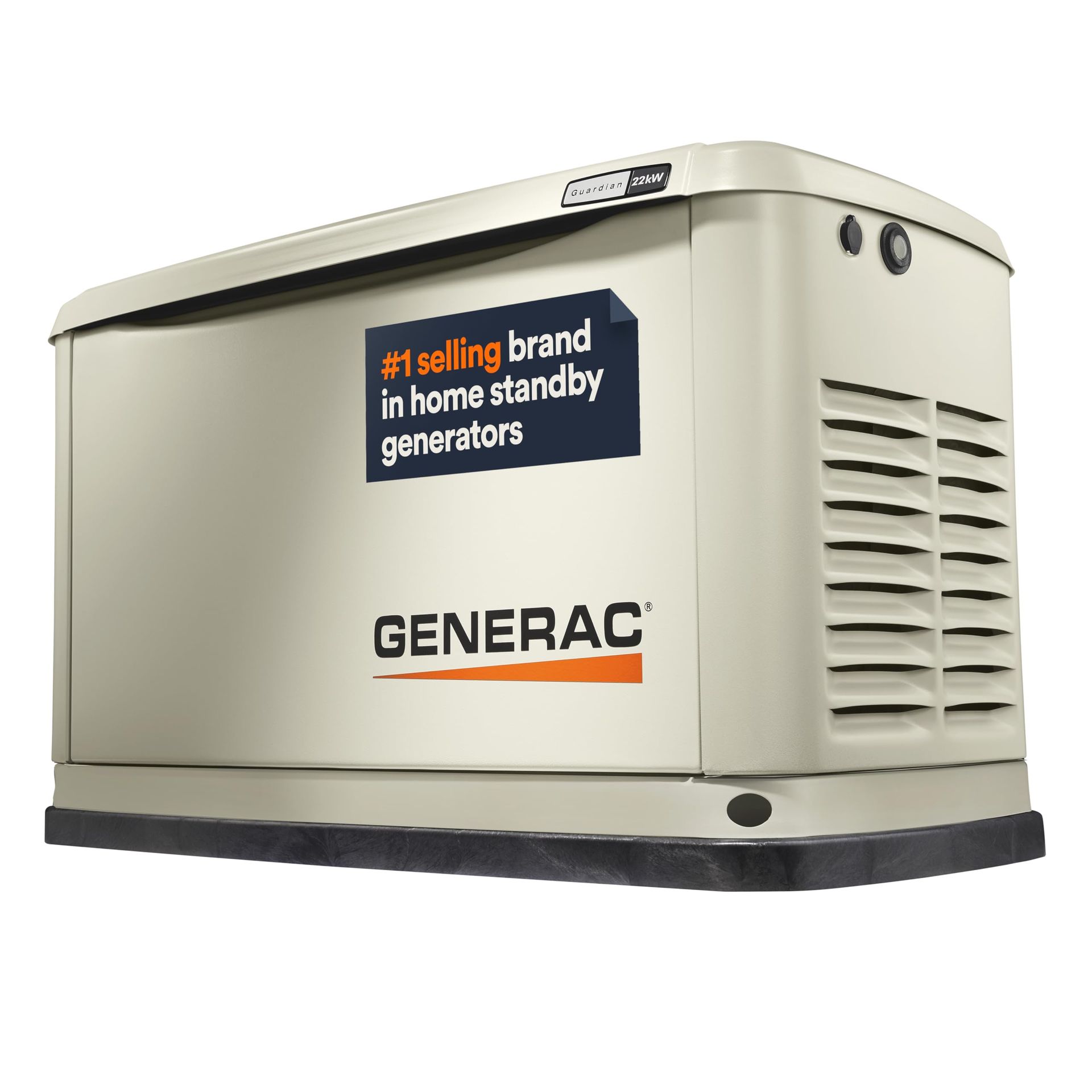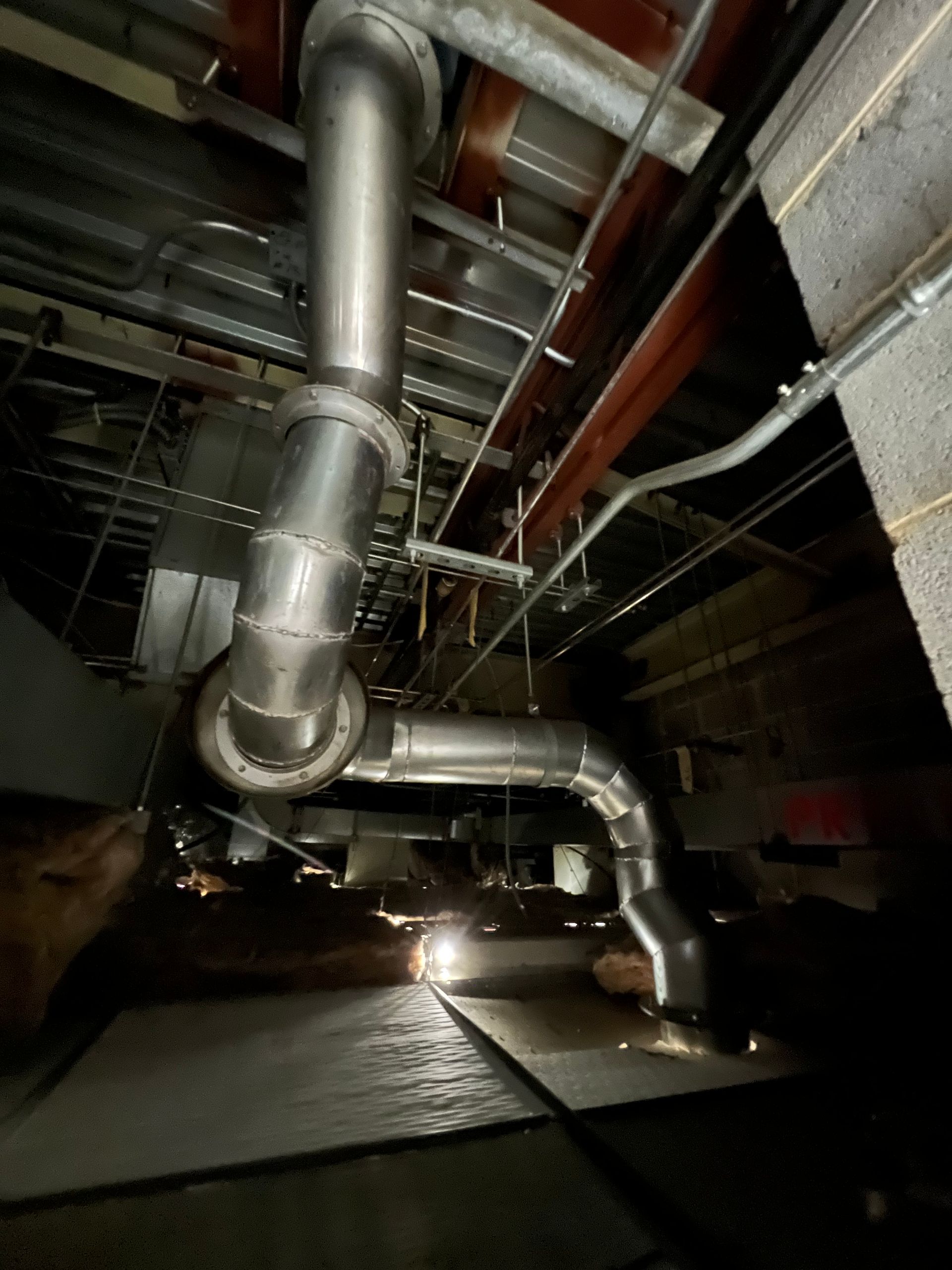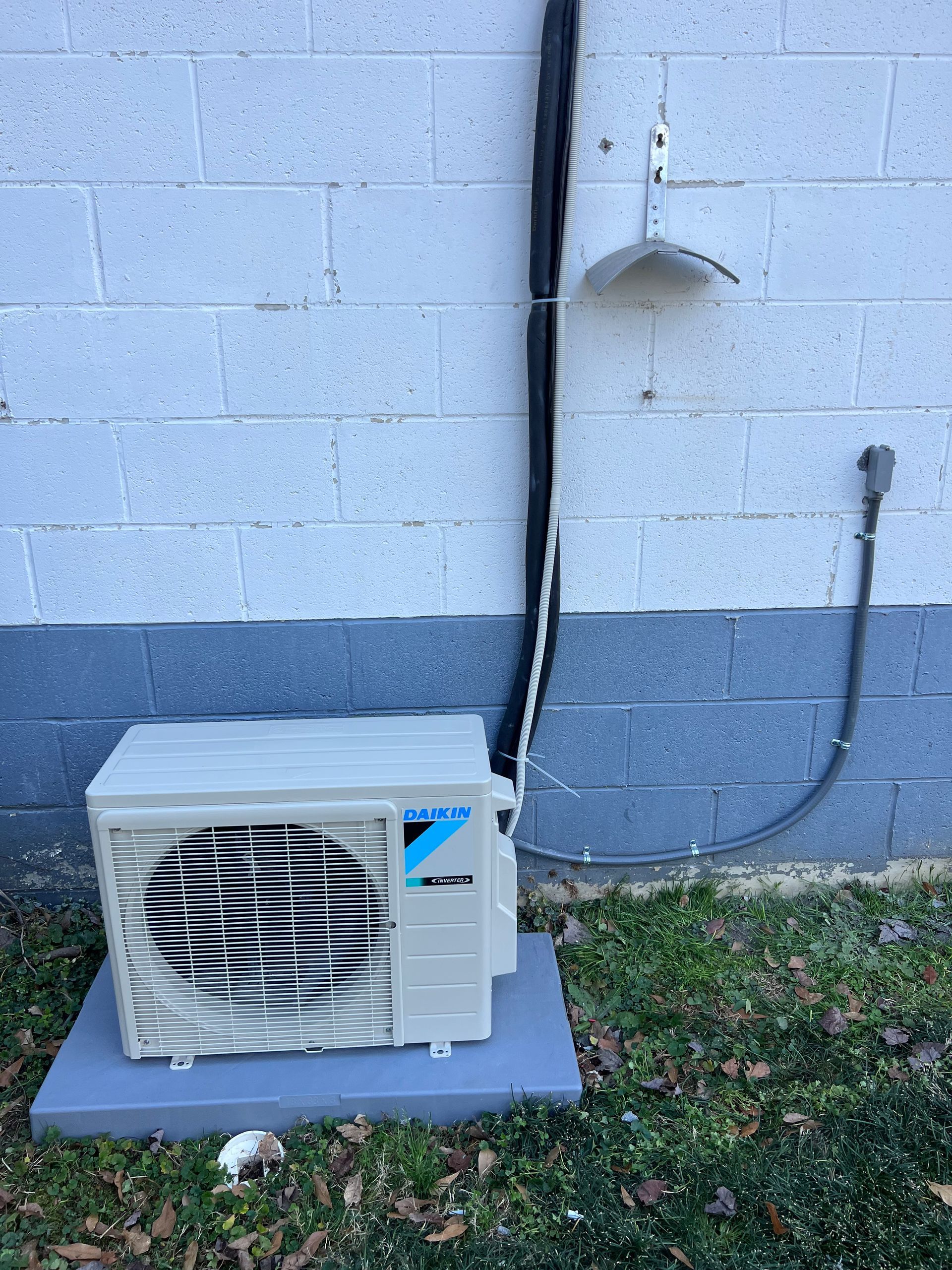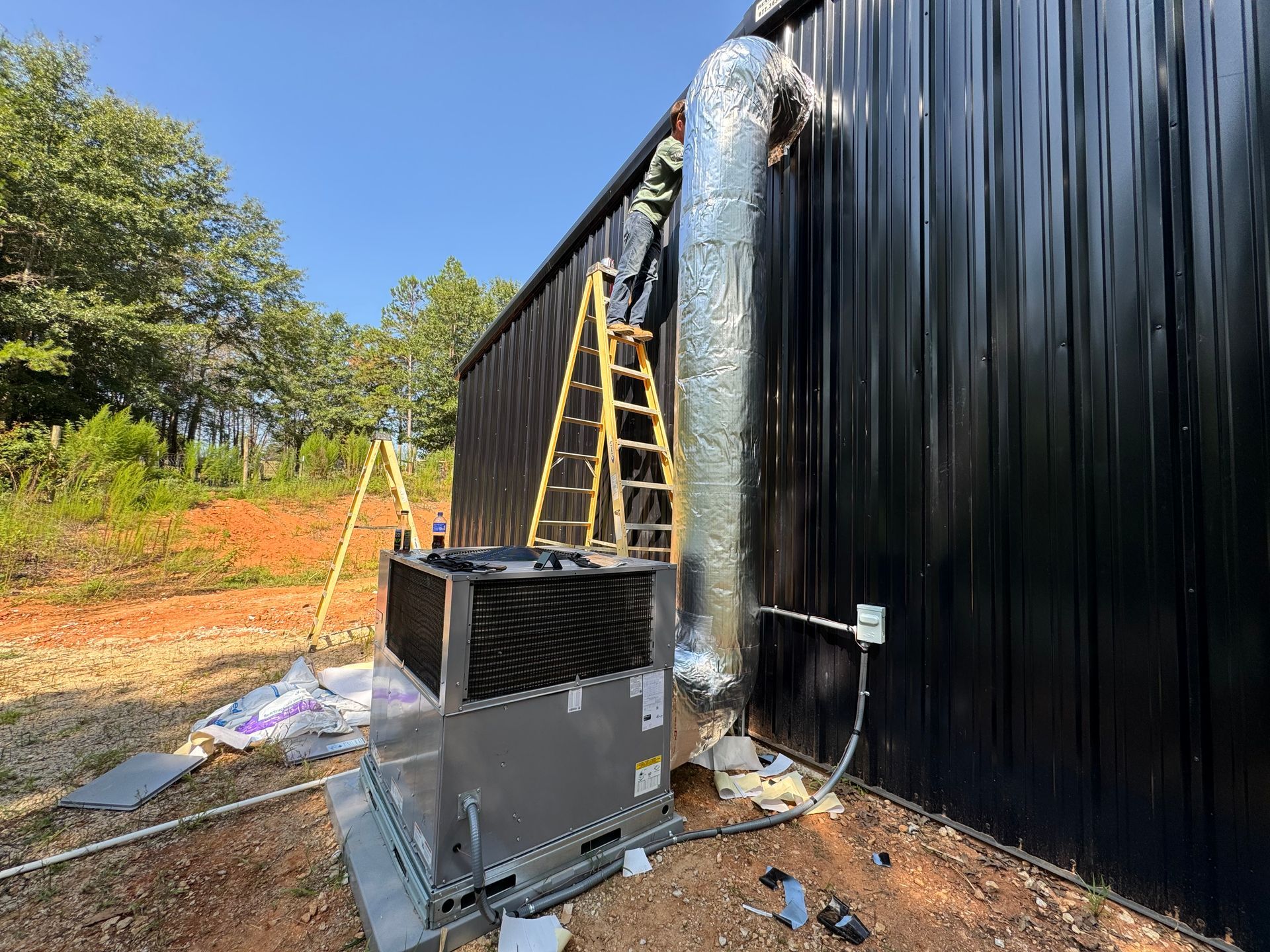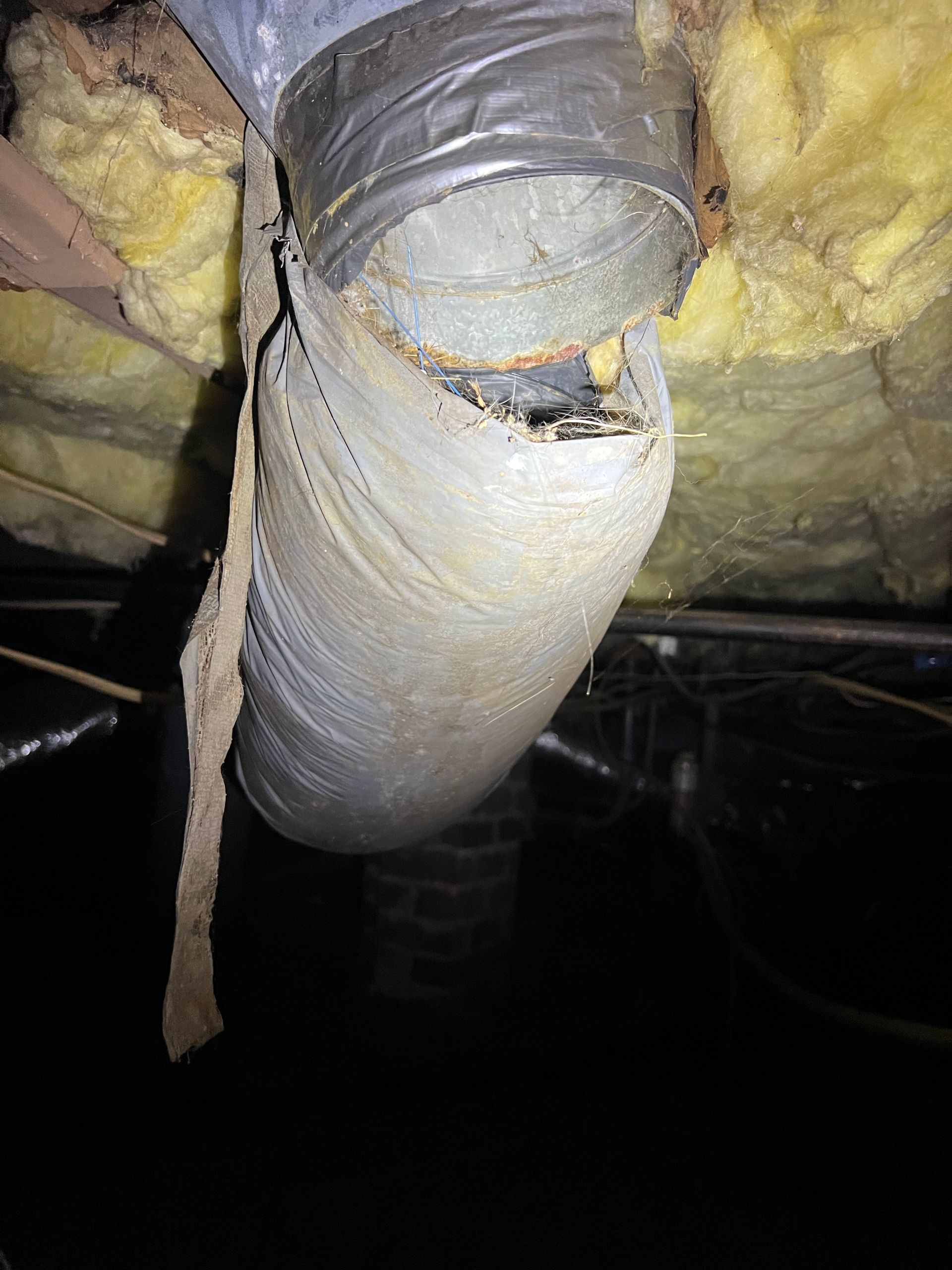Mini Split HVAC Installation: Are Contractors Overcharging Homeowners on Purpose?
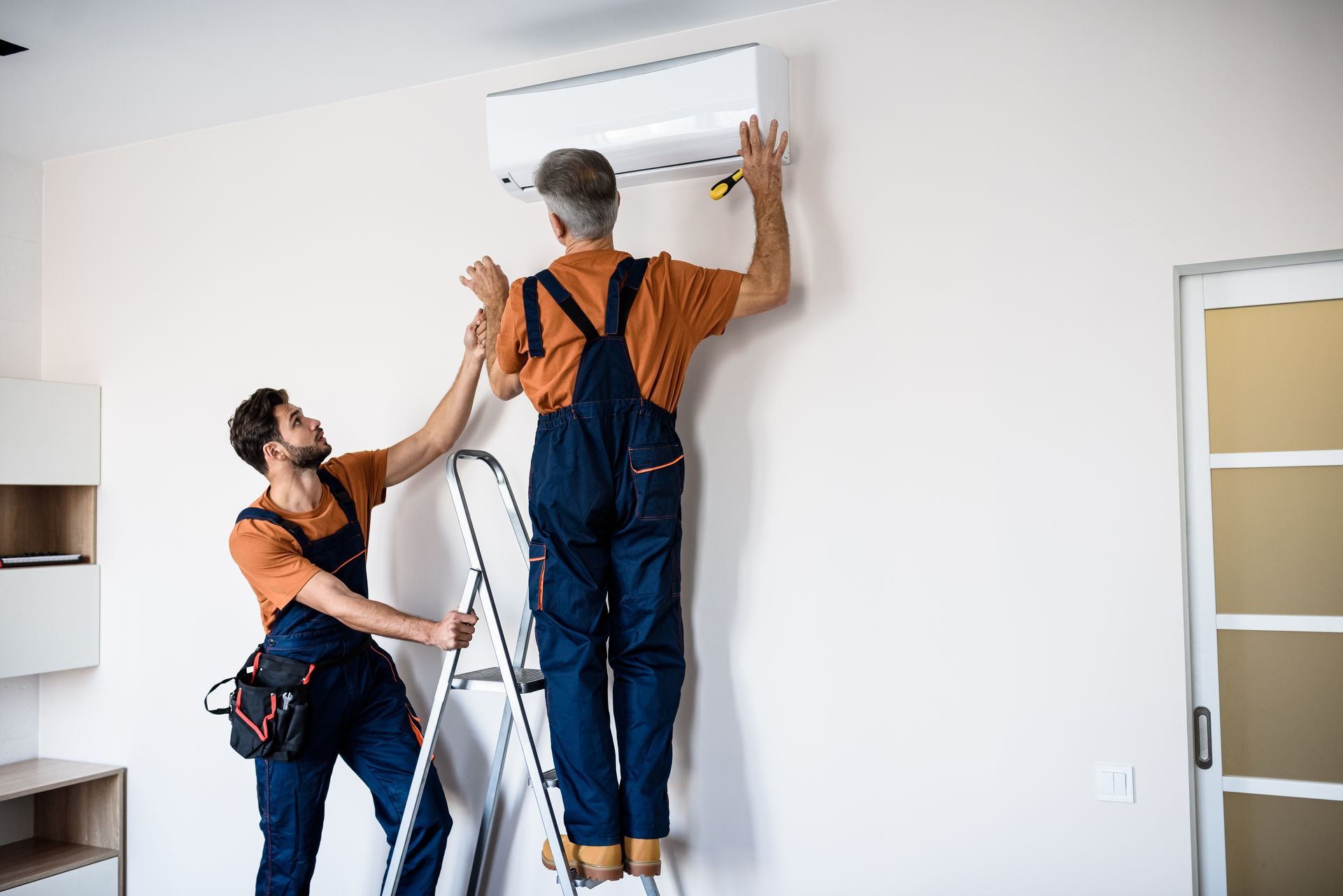
Mini-split HVAC systems have gained popularity as energy-efficient solutions for heating and cooling individual rooms. But with their growing demand, many homeowners are concerned about installation costs. Are contractors charging fair prices, or are they inflating costs?
This post breaks down the truth about mini-split installation expenses, factors that influence pricing, and how you can ensure you're getting a fair deal.
What is a Mini-Split HVAC System?
A mini-split HVAC system is a heating and cooling solution that lets you control the temperature in individual rooms or areas. It’s a flexible and energy-efficient way to keep your home comfortable year-round.
Mini-split systems are made up of two main parts:
- Outdoor Unit (Compressor/Condenser): This is placed outside the house and works to cool or heat the air.
- Indoor Unit (Air Handler): Mounted inside the room, it distributes the heated or cooled air.
These units are connected by a small conduit that usually requires only a three-inch hole in the wall. The conduit carries power cables, copper pipes, and a drain line to link the indoor and outdoor units.
The True Cost of Mini-Split HVAC Installation
Mini-split HVAC systems are known for their efficiency and versatility, but installation costs can vary widely. Let’s explore what you might pay and what factors influence the final price.
What Does Mini-Split Installation Typically Cost?
The average cost of installing a mini-split system is around $3,000, which usually includes the unit and labor. However, additional expenses like electrical upgrades, permits, or refrigerant lines can drive up the price. High-efficiency systems or premium brands can cost as much as $9,000 or more.
| Cost Range | Low | Average | High |
|---|---|---|---|
| Installation Cost | $500 | $3,000 | $5,000 |
Costs Based on Mini-Split Type
Different types of mini-split systems have different price ranges.
Here’s a breakdown:
| Type of Mini-Split | Low Cost | High Cost |
|---|---|---|
| Ceiling-Mounted | $3,100 | $4,000 |
| Floor-Mounted | $1,400 | $4,600 |
| Recessed (Ceiling Cassette) | 2,200 | $3,350 |
| Wall-Mounted | $2,000 | $4,600 |
Cost by Home Size
The size of your space determines the system’s BTU rating, which directly affects the price:
- 450 Sq. Ft. Room: Installation costs start at $2,000.
- 1,000 Sq. Ft. Room: Costs can range from $2,400 to $3,500, depending on insulation and other factors.
By understanding these costs and options, you can choose the best mini-split system for your needs while staying within budget. Always work with a licensed HVAC professional to ensure quality installation and avoid unnecessary expenses.
Which Factors Impact Mini-Split Installation Costs?
The cost of installing a mini-split system can vary based on several factors. While the size of the system is a major influence, other details like brand, efficiency, and the number of zones also play a big role. Let’s break it down.
1. Brand of the Mini-Split
The brand you choose makes a big difference in the overall cost. High-end brands like Mitsubishi and Fujitsu offer advanced systems that can cost between $8,700 and $12,000 for large units but also have smaller options starting at $1,200. Budget-friendly brands like Rheem and Pioneer provide systems that cost between $4,800 and $8,100 for larger models.
| Brand | Low Cost | High Cost |
|---|---|---|
| Daikin | $1,400 | $8,400 |
| Fujitsu | $2,300 | $12,500 |
| Mitsubishi | $1,400 | $9,000 |
| Panasonic | $1,400 | $5,000 |
| Rheem | $1,400 | $8,500 |
2. Efficiency Rating
A mini-split’s efficiency is measured by its Seasonal Energy Efficiency Ratio (SEER). Systems with a higher SEER rating use less energy, which can save you money on utility bills over time. Most mini-split systems have SEER ratings between 16 and 25, with higher-rated systems costing more upfront but reducing long-term energy costs.
3. Number of Zones
The number of zones, or areas you want to cool or heat, directly impacts the total cost.
- A single-zone system for one room typically costs between $500 and $5,000.
- Multi-zone systems require additional indoor units, with each zone adding an extra $650 to $2,750.
| Number of Zones | Cost Range |
|---|---|
| Single Zone | $500–$5,000 |
| Dual Zone | $2,650–$10,250 |
| Three Zones | $3,300–$13,000 |
| Four Zones | $3,950–$15,750 |
| Five Zones | $4,600–$18,500+ |
Most outdoor units can handle 4 to 8 zones, but it’s a good idea to skip low-use areas like hallways or bathrooms to save money.
4. Complexity of Installation
The difficulty of installation also affects costs. Wall-mounted systems are generally easier and cheaper to install, while ceiling-mounted or recessed systems require more labor and specialized tools, making them more expensive.
5. Geographic Location
Where you live impacts labor and material costs. Urban areas typically have higher labor rates than rural locations. Additionally, local building codes and permit requirements can add to the expense.
Things to Keep in Mind
- Room Usage: Focus on rooms where heating and cooling are needed the most, like living areas and bedrooms.
- Professional Advice: Work with a licensed HVAC technician to determine the best setup for your home and budget.
Always get a quote from a trusted HVAC professional to ensure accurate pricing and quality installation.
Are Contractors Overcharging on Purpose?
Many homeowners wonder if they’re paying too much for mini-split HVAC installations. Let’s take a closer look at why prices might seem high, common concerns, and how to spot unfair charges.
Why Homeowners Feel Overcharged
Here are some common complaints about mini-split installation costs:
- High Labor Costs: Homeowners sometimes feel the labor fees are more than expected.
- Unnecessary Extras: Some contractors suggest add-ons or services you don’t really need, increasing the total cost.
- Lack of Clear Pricing: Without a detailed breakdown, it’s hard to know if the charges are reasonable.
Why Mini-Split Installation Costs Add Up
While prices may seem high, there are valid reasons behind the costs:
- Licensing and Insurance: Contractors need proper licenses, insurance, and certifications, which add to their overhead.
- Special Skills Needed: Installing mini-split systems requires specialized training to ensure the system works correctly.
- Markups on Materials: Contractors may charge extra for parts like refrigerant lines, copper tubing, or other equipment.
Warning Signs to Watch For
To make sure you’re not overpaying, keep an eye out for these red flags:
- No Detailed Quote: A good contractor will give you a clear estimate showing labor, materials, and other costs.
- Pressure to Upgrade: Be cautious if a contractor pushes you to buy extra features or services that don’t seem necessary.
- Unlicensed Workers: Always confirm the contractor has the proper licenses and certifications to handle HVAC installations.
By understanding these factors, you can make better decisions and avoid overpaying. Get multiple quotes, ask for detailed pricing, and work with a trusted HVAC technician to ensure fair and honest service.
How to Avoid Being Overcharged for Mini-Split HVAC Installation
Making sure you get a fair price for your mini-split HVAC installation doesn’t have to be complicated. Follow these simple tips to avoid overpaying while still getting quality service.
1. Get Quotes from Several Contractors
Always ask for quotes from at least three contractors. Comparing prices gives you a good idea of what’s reasonable and helps you avoid paying too much. Make sure each quote includes a breakdown of labor, materials, and equipment.
2. Verify Credentials and Reviews
Before hiring a contractor, check that they’re licensed, insured, and experienced in HVAC installations. Read online reviews or ask for references to ensure they have a good reputation. A trustworthy contractor should be able to provide proof of their qualifications.
3. Request a Detailed Estimate
Ask for an itemized estimate that lists all costs, including materials, labor, and any extra fees. This will help you understand exactly what you’re paying for and avoid unexpected charges. Look for things like the cost of refrigerant lines, copper tubing, or electrical work in the breakdown.
4. Research Local Prices
Take some time to look up the average cost of mini-split installations in your area. Prices can vary depending on where you live, the size of the system, and how complex the job is. Knowing the typical price range helps you spot when a quote seems too high.
Taking a little extra time to do your research and ask questions can save you money and ensure you get quality work.
Benefits of Proper Mini-Split HVAC Installation
When a mini-split HVAC system is installed correctly, you can enjoy several benefits:
Energy Efficiency
Proper installation ensures the system operates at peak efficiency, helping you save on energy bills. A poorly installed system can lead to energy wastage and higher costs.
Consistent Comfort
Correct placement of the indoor and outdoor units allows even distribution of cool or warm air, keeping every room at the perfect temperature.
Longer System Lifespan
An accurately installed system faces less strain during operation, reducing wear and tear and extending its life.
Improved Air Quality
Mini-splits filter out dust, allergens, and pollutants. A professional installation ensures the filters and ductless design work effectively for cleaner indoor air.
Quieter Operation
When properly installed, mini-splits operate quietly, making them ideal for bedrooms and living areas. Improper setup can lead to noise and vibration issues.
Avoiding Costly Repairs
Mistakes during installation can cause leaks, electrical problems, or system malfunctions. A professional job minimizes the risk of future repairs.
Frequently Asked Questions
How to Install a Mini-Split System
Setting up a mini-split HVAC system involves several steps, including mounting the units, connecting parts, handling electrical work, and starting the system. Here’s a simplified guide:
1. Mount the Units
- Outdoor Unit: Place the outdoor condenser on a stable pad or wall bracket in a well-ventilated spot outside your home.
- Indoor Unit: Attach the mounting plate to the wall where you want the air handler. Drill a small hole (angled slightly downward) near the mounting plate to pass the refrigerant lines, power cables, and drain tubing to the outside. Hang the indoor unit securely on the mounting plate.
2. Connect the System
- Attach the refrigerant lines to the indoor and outdoor units using a torque wrench for a secure fit.
- Connect the wires between the indoor and outdoor units, ensuring each wire matches the correct terminal.
- Run the condensate drain line to the outside, keeping it sloped downward for proper drainage.
3. Handle the Electrical Work
If you’re not experienced with electricity, it’s best to call a licensed electrician for this step.
Turn off the power at the breaker box.
Run a dedicated circuit (110V or 220V, depending on the unit) from your breaker panel to a disconnect box near the outdoor unit.
Use weatherproof wiring to connect the disconnect box to the outdoor unit.
Turn the power back on once everything is properly connected.
4. Start the System
- Professional Installation: An HVAC technician will check for leaks, vacuum the refrigerant lines, and release the refrigerant into the system. They will also test the unit to ensure it’s working correctly.
- DIY Start-Up: Carefully release the refrigerant using an Allen wrench. Check the connections for leaks using soapy water. Tighten any loose fittings and test the system to make sure it runs smoothly.
Installing a mini-split system can be a challenging project. Hiring a licensed HVAC professional ensures the installation is done safely and correctly, giving you peace of mind and a reliable system for years to come.
Can I install a mini split AC system myself?
In most cases, it’s not recommended to install a mini-split AC system on your own. It’s best to hire a licensed HVAC technician and electrician to ensure the installation meets local building codes and the manufacturer’s warranty requirements.
What do you put under a mini split?
The most common choice for mounting a mini-split outdoor unit is a condenser pad. These pads, typically made of plastic or concrete-covered foam, offer a flat and stable base to securely hold the outdoor unit.
Making the Smart Choice for Your Mini-Split Installation
Mini-split HVAC systems are an excellent way to keep your home comfortable, but installation costs can sometimes feel unclear. Pricing often depends on factors like the size of the system, brand, and installation complexity. By comparing quotes, asking for detailed estimates, and doing a bit of research, you can ensure fair pricing.
If you’re in Anderson, SC, or the Upstate,
Arrow Renovations and Refrigeration is here to help. We specialize in installations, repairs, and maintenance, offering reliable solutions for all your HVAC needs. Call
864-556-6423 or visit Arrow HVAC SC for a free quote today!
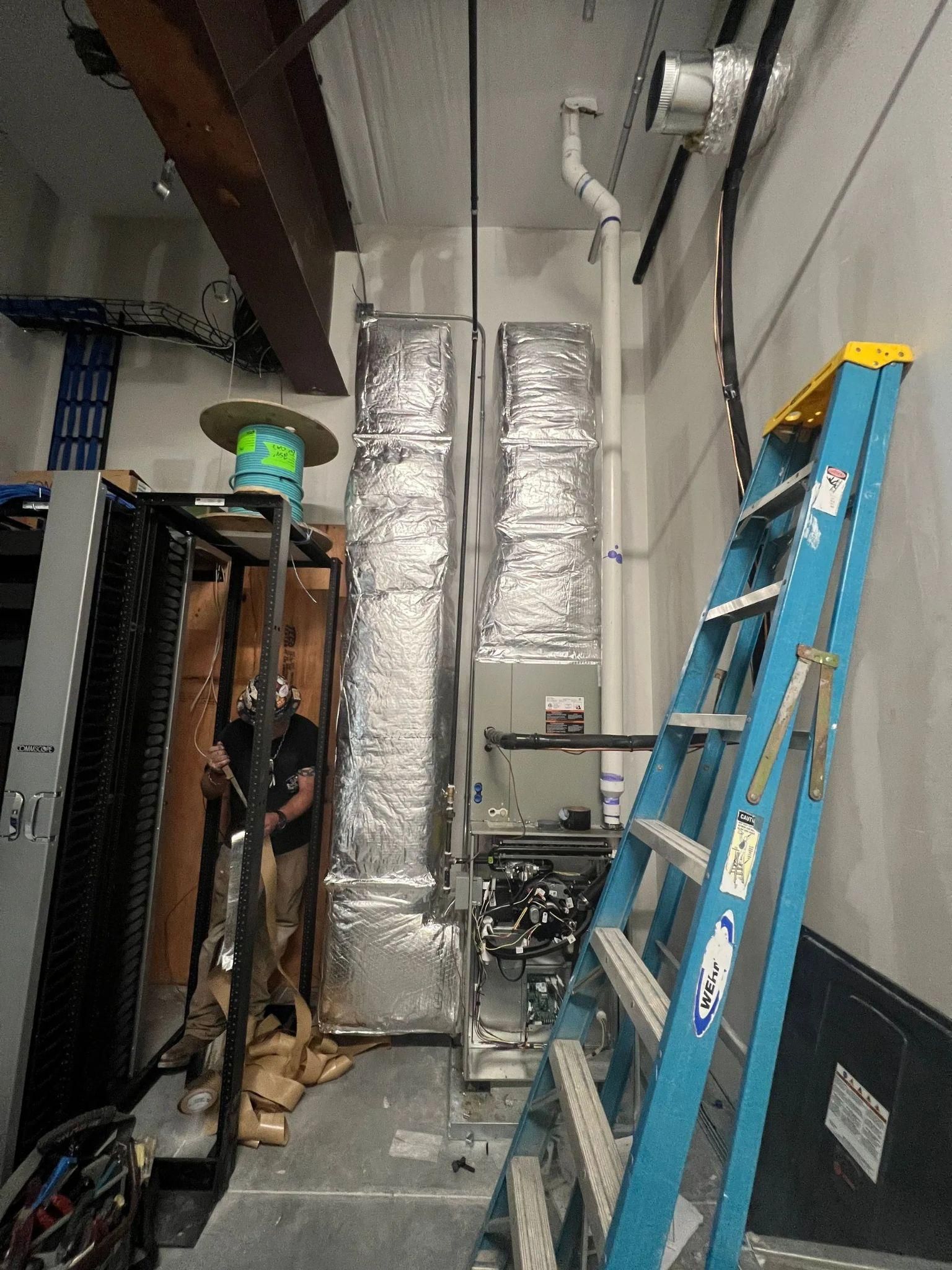
Service Areas
- Greer, SC
- Greenville, SC
- Anderson, SC
- Piedmont, SC
- Seneca, SC
- Iva, SC
- Belton, SC
- Greenwood, SC
- Abbeville, SC
Arrow Renovations & Refrigeration | Designed and Built by Quantum Hawk

